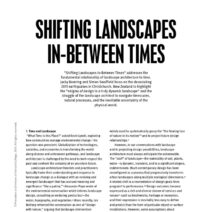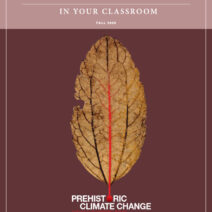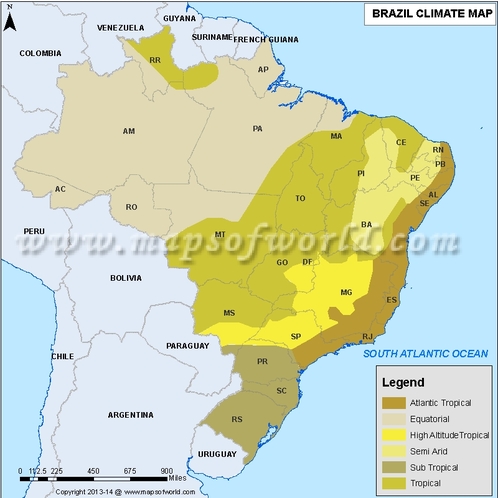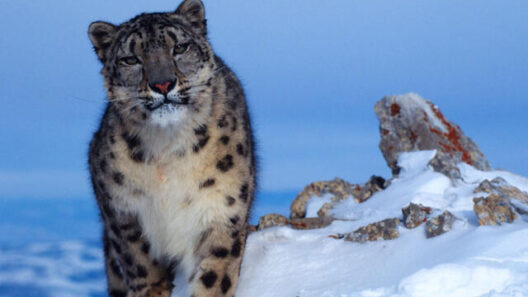The United States has long been home to an astonishing array of biodiversity, from the verdant forests of the Pacific Northwest to the sprawling deserts of the Southwest. However, as climate change escalates, this rich tapestry of life faces unprecedented challenges. The intersection of global warming and biodiversity loss presents not just an environmental crisis but also a moral imperative to protect our wildlife. This struggle is not merely about preservation; it is about embracing a paradigm shift in how we conceptualize our relationship with nature.
As global temperatures rise, the effects on ecosystems become increasingly dramatic. Species that once thrived in stable climates are now vulnerable to abrupt changes in temperature and precipitation patterns. For instance, warmer winters can disrupt the hibernation cycles of certain mammals, while erratic weather patterns may cause migratory birds to arrive too early or too late, out of sync with their breeding seasons. The intimate connections between species and their habitats are fraying, leading to a cascading effect on entire ecosystems.
One cannot underestimate the interdependence that exists within ecosystems. Each organism, from the smallest microbe to the most majestic mammal, plays a pivotal role. As our climate continues to warm, we risk decimating not only individual species but also the intricate web of life that supports them. Consequently, the U.S. Biodiversity Battle is not simply about saving iconic animals such as the bald eagle or the gray wolf; it entails safeguarding the very foundations of our ecological systems, thereby ensuring the resilience and sustainability of our environment.
In light of this urgent situation, various national initiatives and strategies have emerged, aiming to combat the adverse effects of climate change on wildlife. The Endangered Species Act has historically been a crucial tool for protecting threatened species. Yet, as climate change unfolds, the act’s efficacy is being reevaluated. It is not enough to merely protect individual species; we must also consider climate-resilient habitats that can adapt to changing conditions. Forward-thinking conservation strategies emphasize the establishment of wildlife corridors and climate refugia, allowing species to migrate in response to shifting climate zones.
Particularly significant is the emphasis on protected areas. National parks and wildlife refuges provide sanctuaries for many species, but these protected areas must evolve. They should be carefully designed and managed to accommodate shifting biodiversity. Integrating climate considerations into land management practices becomes paramount. This approach encourages adaptive management, a dynamic strategy that responds to real-time ecological data and shifts in wildlife patterns, ensuring long-term sustainability.
Public awareness and education play crucial roles in this conservation journey. Engaging communities to foster a deeper understanding of biodiversity and its inherent value can create a passionate base of support for wildlife protection initiatives. Citizen science projects invite individuals to participate actively in conservation efforts, encouraging a sense of ownership and accountability towards local ecosystems. Such initiatives reinforce the idea that everyone has a stake in the health of our planet’s biodiversity.
Furthermore, partnerships between government agencies, non-profit organizations, and private stakeholders are vital to the success of conservation efforts. Collaborative approaches harness resources, knowledge, and expertise from different sectors to address complex conservation challenges. For instance, the Nature Conservancy has implemented innovative conservation practices that transcend traditional boundaries, demonstrating how interdisciplinary cooperation can yield tremendous benefits for wildlife and the ecosystems they inhabit.
Nevertheless, while collaboration is essential, equitable engagement with indigenous communities must also be prioritized. Indigenous peoples, who have stewarded their lands for millennia, possess valuable knowledge about local ecosystems and sustainable practices. Integrating indigenous wisdom into modern conservation strategies can lead to more holistic approaches, respecting both cultural heritage and ecological integrity.
Importantly, the intersection of conservation and policy cannot be overlooked. Effective climate policy must address the root causes of global warming, such as fossil fuel dependence and unsustainable land use practices. Transitioning to renewable energy sources is not only critical for reducing greenhouse gas emissions but also essential for fostering healthier ecosystems. This means advocating for robust policies that prioritize environmental justice and equitable energy transitions, ensuring that marginalized communities are not left behind during the shift to a sustainable future.
In addition to domestic efforts, global cooperation is imperative. Biodiversity knows no borders, and climate change is a global phenomenon. The U.S. must engage in international treaties and agreements, such as the Convention on Biological Diversity, to foster collaborative efforts aimed at preserving wildlife and ecosystems worldwide. This multifaceted approach necessitates a firm commitment to reducing carbon emissions and participating in global conservation initiatives that transcend national interests.
The urgency of the biodiversity battle underscores a broader need for a transformative perspective on our relationship with the natural world. Recognizing that our survival is inexorably linked to the health of ecosystems encourages a shift in mindset from viewing nature as a resource to be exploited to understanding it as a complex system of interrelated life. This shift invokes a sense of stewardship and responsibility, urgently calling for concerted efforts to protect wildlife from the ravages of climate change.
Ultimately, the U.S. biodiversity battle is critical not only for the preservation of wildlife but also for the vitality of the planet. Rising temperatures and the associated effects on ecosystems challenge us to rethink how we coexist with nature. Protecting our wildlife from global warming is not merely an ecological concern; it is a testament to our commitment to future generations and our responsibility as custodians of Earth’s incredible biodiversity. Embracing this challenge can lead to a renewed ethical engagement, ensuring that we safeguard our natural heritage while promoting resilience in the face of climate change.








